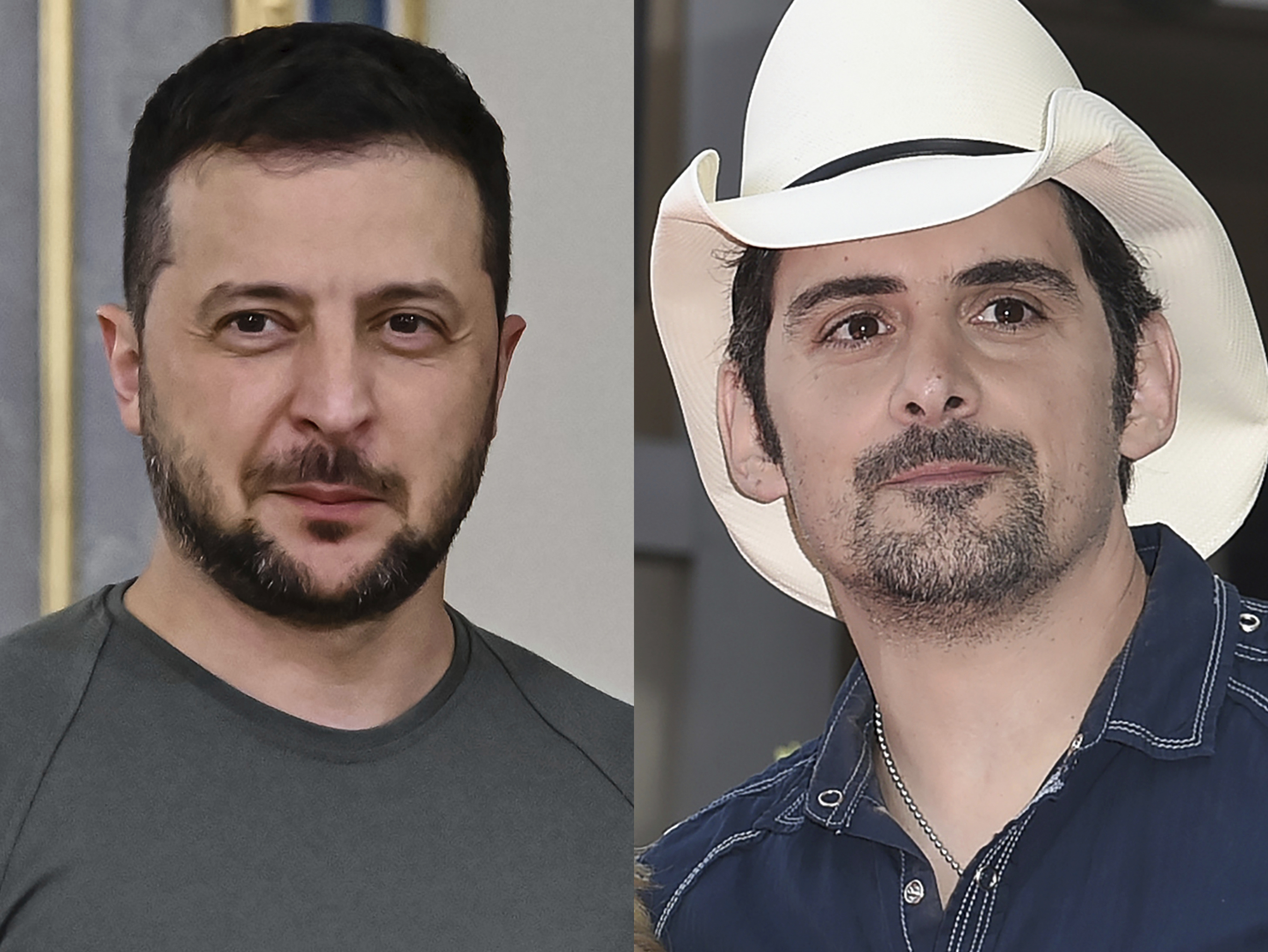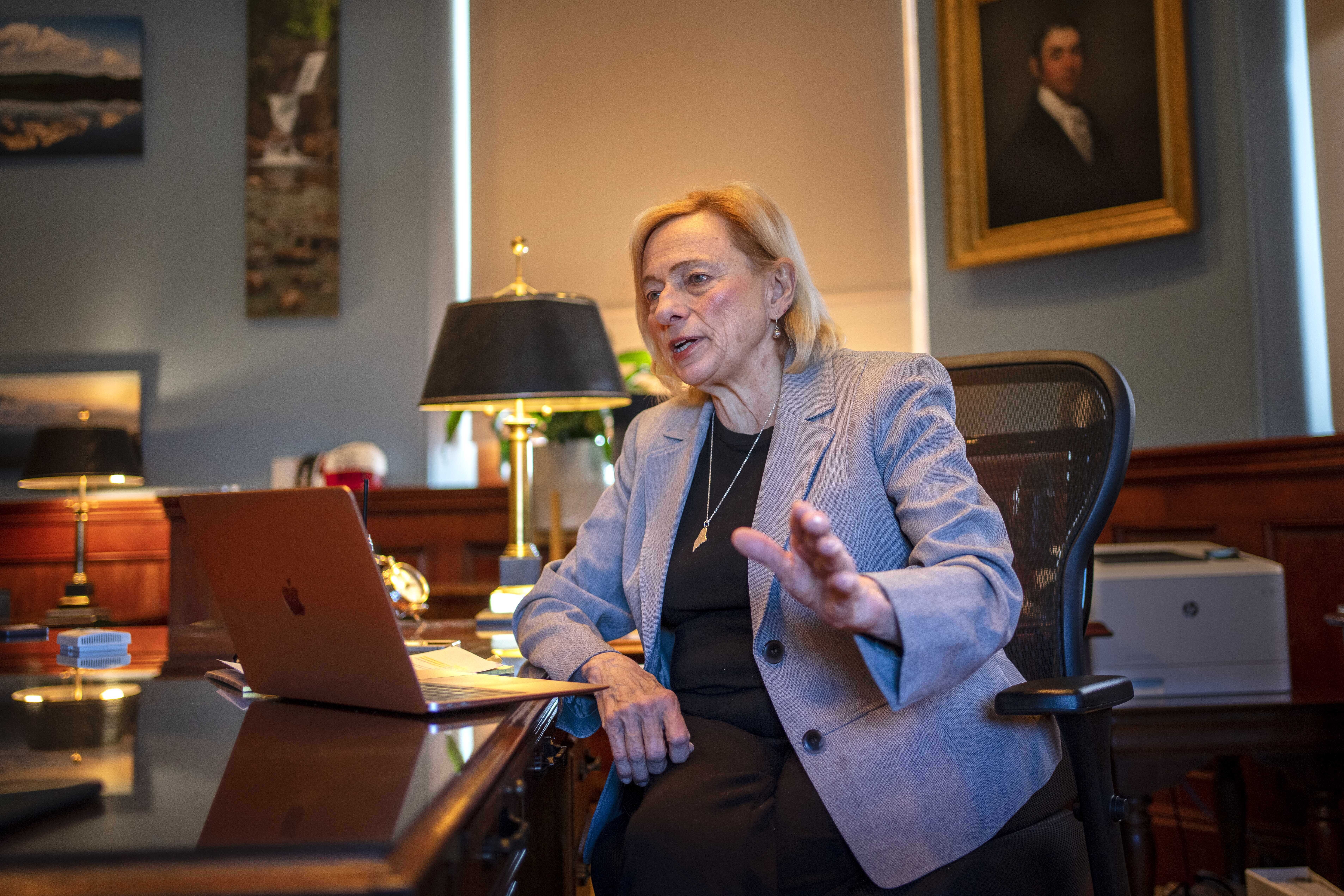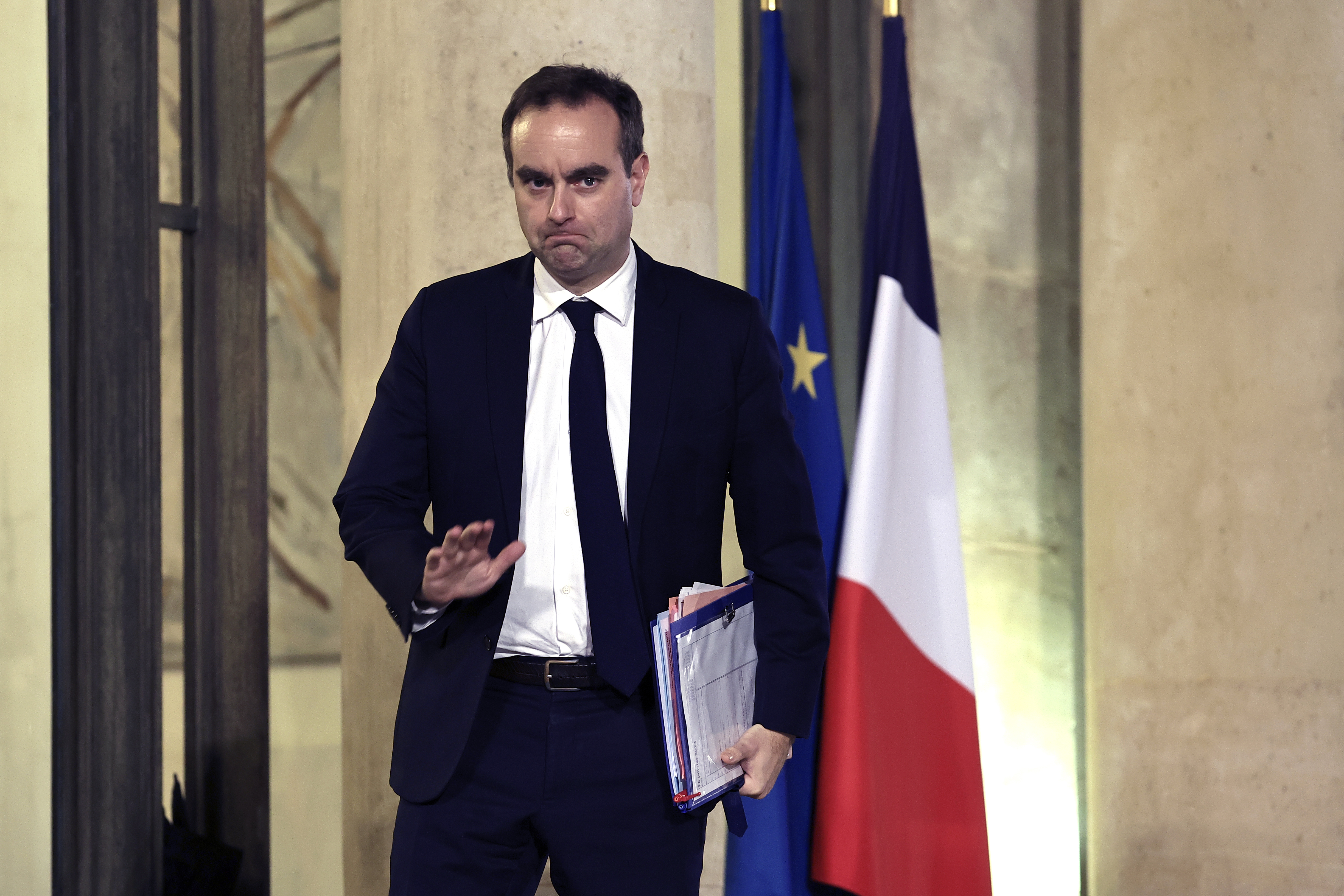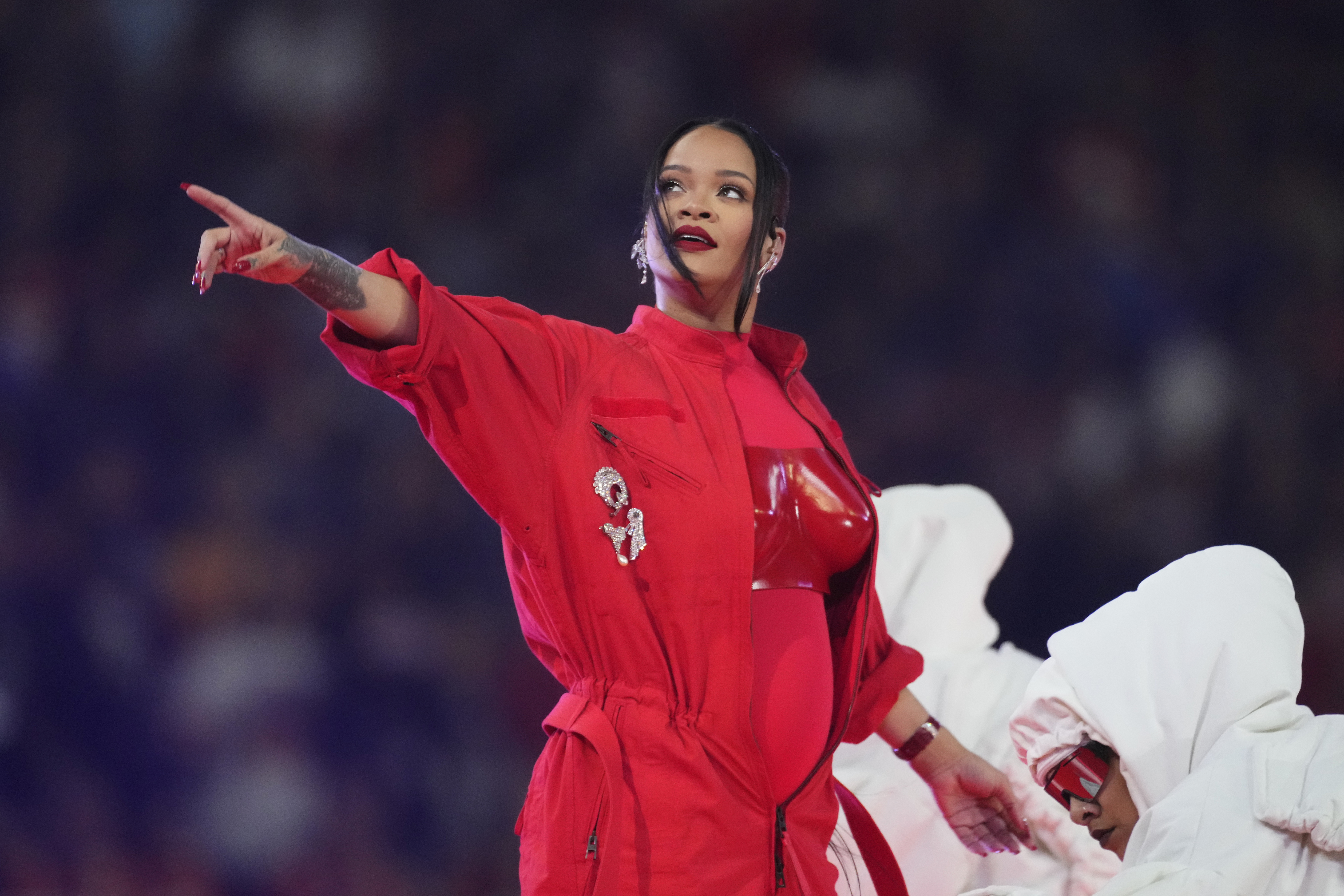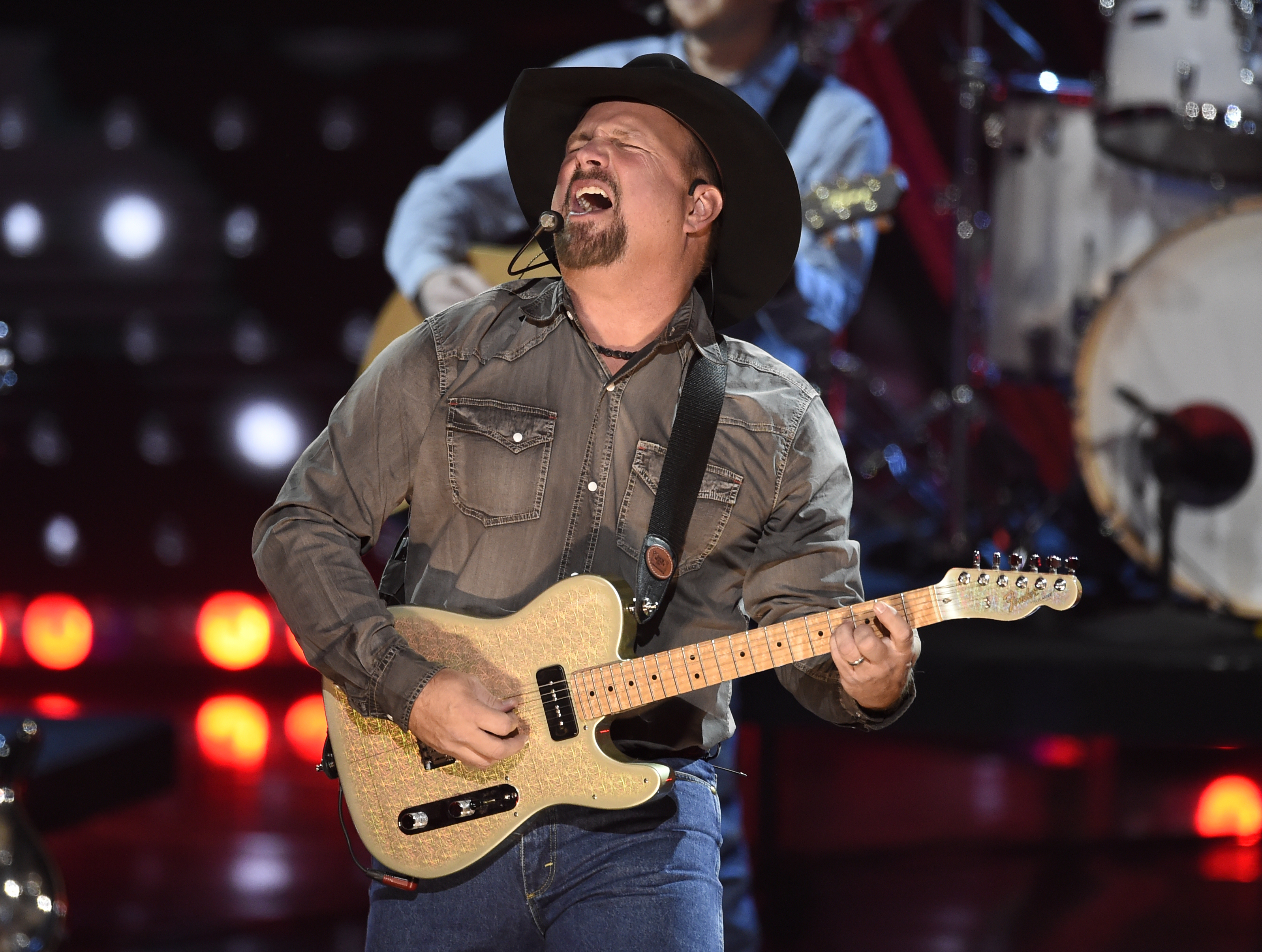Hundreds of demonstrators gathered peacefully in Lubbock Tuesday night to express opposition to actions made by the Trump administration on immigration and borders. The “No Bans, No Walls” protest went smoothly for hours but was ultimately ended by police.
In a release Tuesday, LPD said just before 8 p.m. they arrested Deema Alhesan, 20, because she continued to demonstrate in the roadway despite multiple warnings. Surveillance video provided by Lubbock Police Wednesday appeared to support those assertions.
“The individual was given a number of warnings, and asked to please step back onto the curb and onto traffic, and almost immediately after the officers left the area again, she went right back out into the main lane of traffic,” Lubbock Police Chief Greg Stevens said of Alhesan’s arrest in an interview Wednesday.
Lubbock Police also said that after Alhesan’s arrest, other demonstrators went into the street, which prompted officers on scene to disperse the entire protest.
“It began to become unruly, people became upset that she was being arrested, and we knew that [the protest] was going to end soon, so ultimately the decision was made by the commanders on scene for the good of everyone we needed to go ahead and disperse it because people then began to come out into traffic as well,” Stevens explained.
But what exactly are the protest policies in Lubbock, for police and demonstrators?
EverythingLubbock.com spoke with LPD and other City of Lubbock agencies Wednesday. EverythingLubbock.com requested Lubbock Police protest policy, but most of the policy is not available for public disclosure. Instead, LPD provided their “Guidebook for Assemblies” which police say they provide for demonstrators ahead of their events.
Alhesan was arrested for obstructing a highway, which is one of the prohibited offenses outlined in the guidebook.
According to the guidebook, obstruction of a passageway, blocking a highway, street, sidewalk, entrance, exit, or anything similar.
It can also occur if a person disobeys a reasonable request or order to move by a police officer or person with authority on scene.
The guide explained that generally citizens do not need permits to hold assembly in the City of Lubbock given that he assembly happens on public property (but the policy notes this does not include public streets). For protests on public streets, a permit is required, which can be obtained through the City Secretary.
EverythingLubbock.com contacted the City Secretary’s Office who explained that the organizers of the “No Bans, No Walls” protest did not file any permits with the city, but were made aware of city permit requirements by Lubbock Police.
“If they would have gotten into the streets, they would need a recreational street use permit,” explained Teresa Grimaldo, Deputy City Secretary.
“If they were going to have any kind of amplified sound they would need a noise permit for any speakers or megaphones,” she added. Both the noise permit and the street use permit cost $50.
Bridget Faulkenberry of the Lubbock Parks and Recreation department asked that anyone who is planning an event in a park, regardless of what it is– discuss the event with parks staff, to be sure they are not violating any policies.
The park space on 19th and University in front of the Tim Cole statue is maintained by the Parks and Recreation Department of the City of Lubbock.
According to to the guidebook, Lubbock Police presence at public assemblies is to ensure the rights to assembly in the constitution, to keep laws enforced, and the people at those assemblies safe.
“Officers of the Lubbock Police Department maintain a neutral posture at assemblies, providing protection and services to all parties as equitably as possible,” the guidebook stated.
Chief Stevens emphasized the importance of all of these things.
Though he felt that without question, Alhesan’s actions posed both a danger to herself and to motorists.
“It’s unfortunate that one person couldn’t have held it together to have a great peaceful event,” Stevens said.
Stevens added that his officers didn’t want the demonstration to end as it did, which is why they met with the event organizers beforehand.
“Any time we become aware there’s going to be a protest, demonstration we always begin a process of reaching out to the organizers in order to help facilitate it to make sure that the safety of all is a paramount,” he said.
As the area at 19th and University has been used for demonstrations twice in recent weeks, Stevens wondered if it is the best location for especially large protests.
“It may be the conversation to say listen if you’re going to expect this many people it might not be the most ideal location now it’s a very emotional location and I get that but I think that may be the dialogue to have whenever we do get in contact with people,” Stevens said, “to say lets find a place where we can avoid this where there’s not that opportunity to get out into traffic.”
Stevens added that the majority of the protest was very peaceful and he applauded the efforts of the organizers to work with police in planning their event.
For future Lubbock protests, Stevens hopes that this lesson helps event organizers to understand the parameters that come with expressing their right to peacefully assemble.
“And we encourage people to go and exercise their first amendment rights, and so if it’s going to set a precedent. The precedent that I hope it sets is abide by the law, get permits if they are needed and if we ask you to don’t block traffic,” Stevens said.



